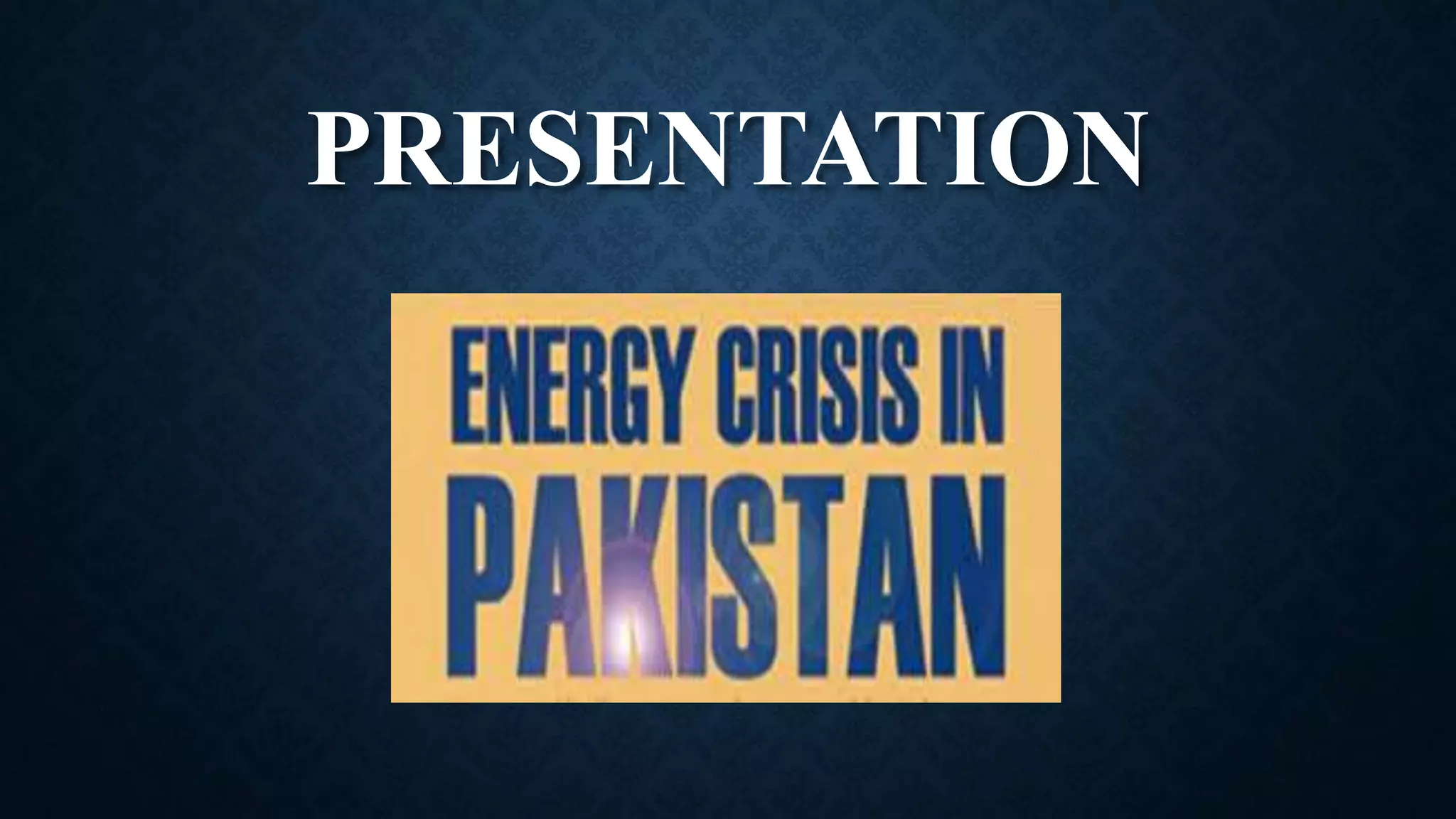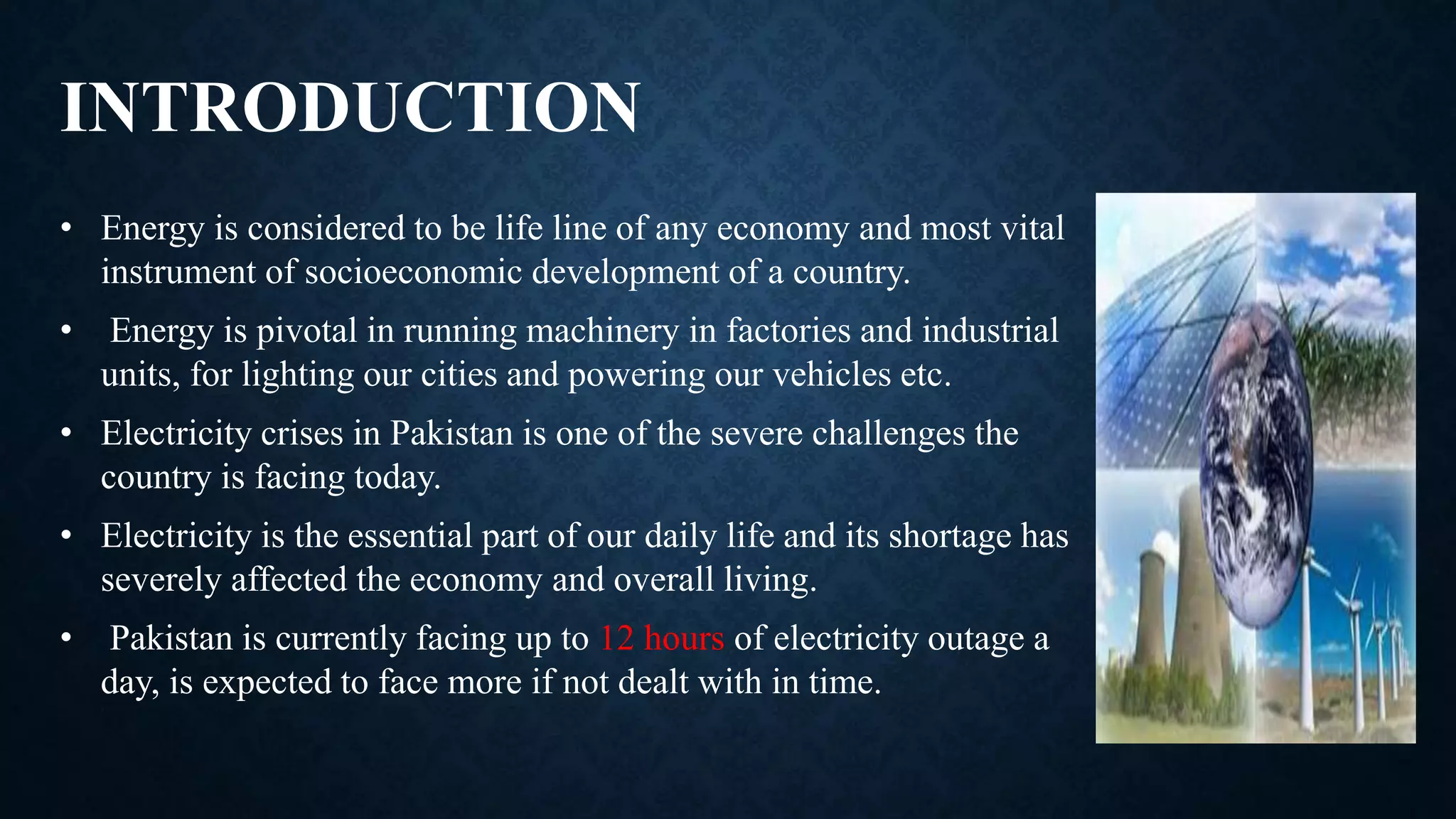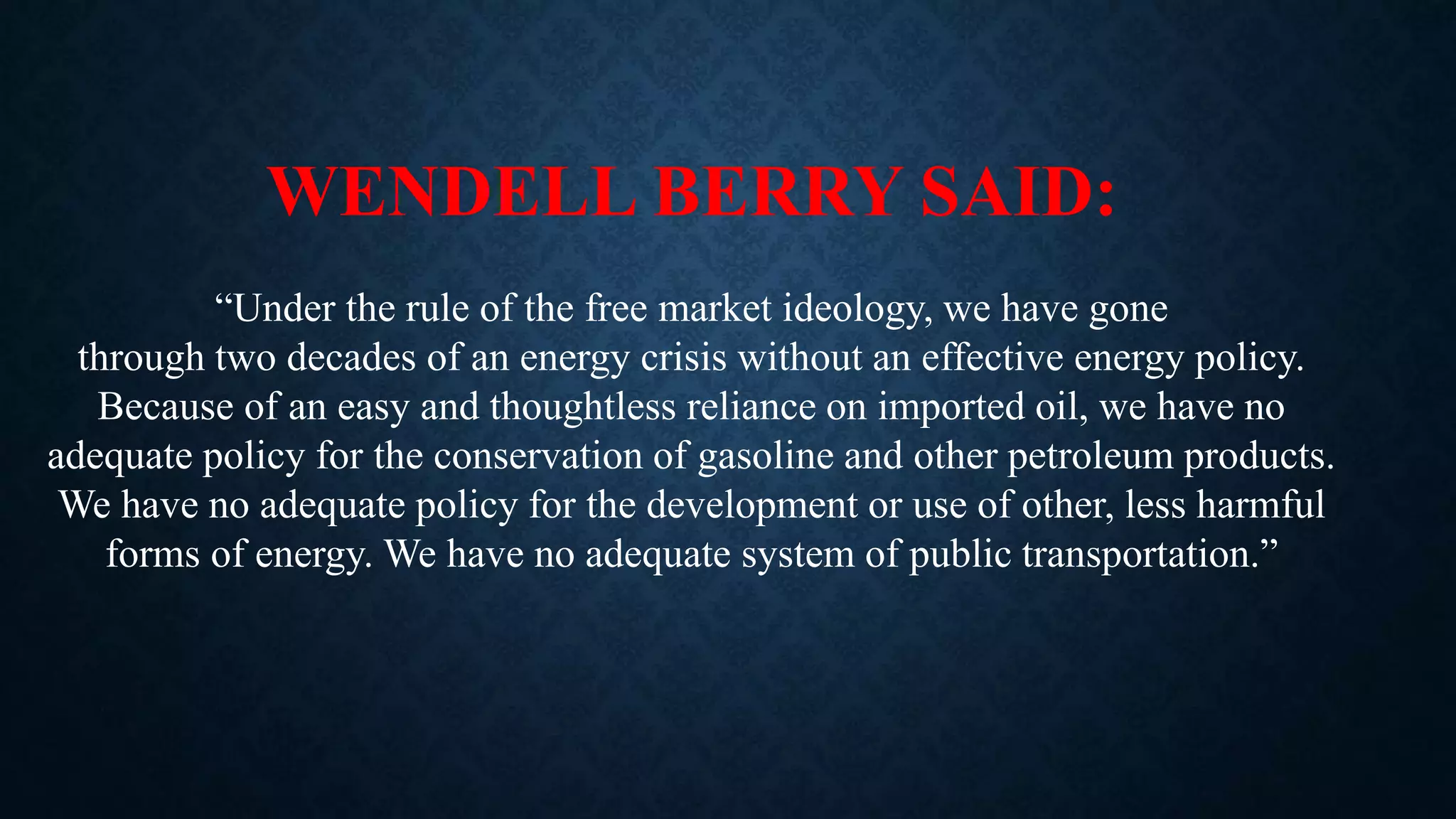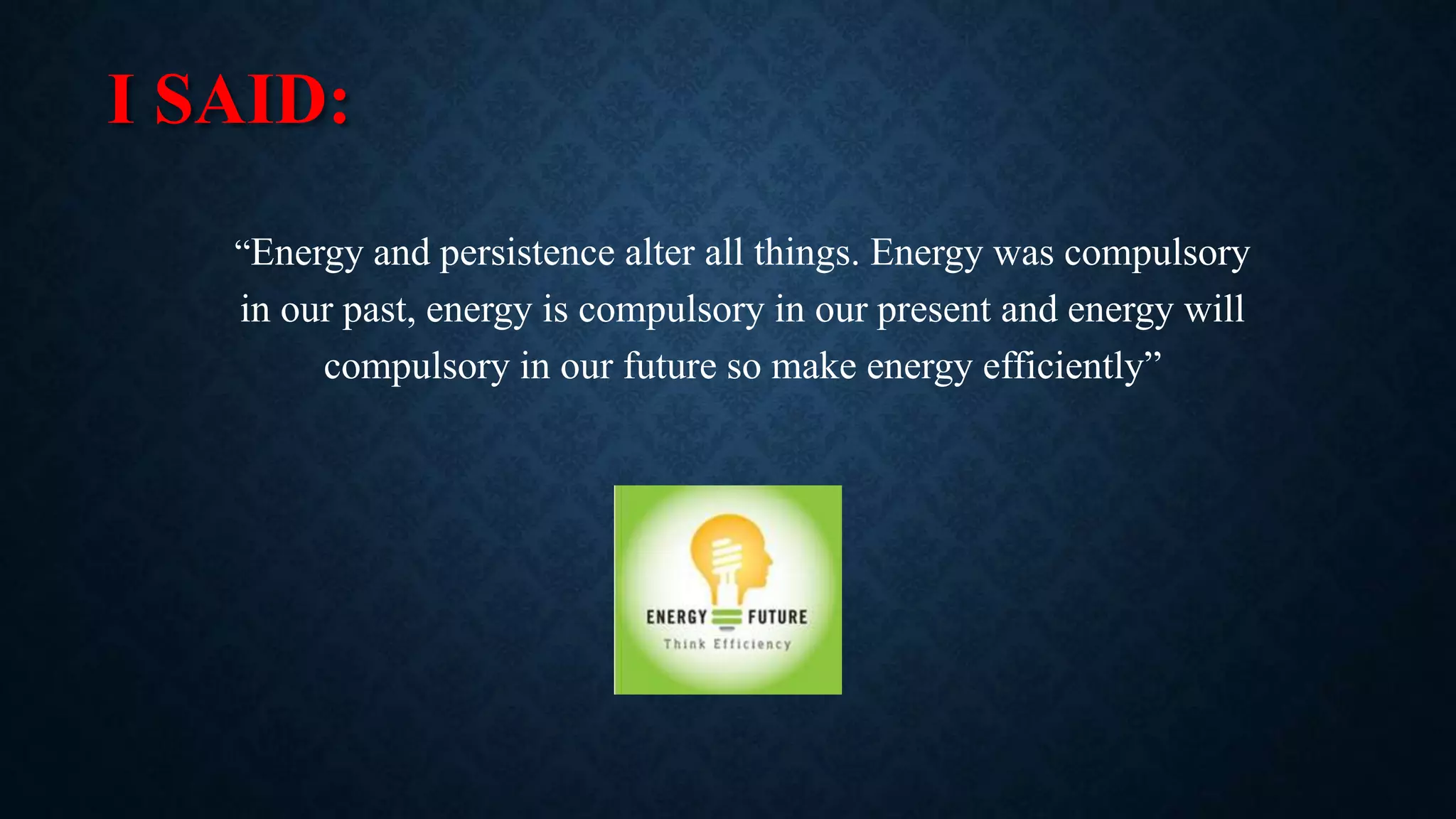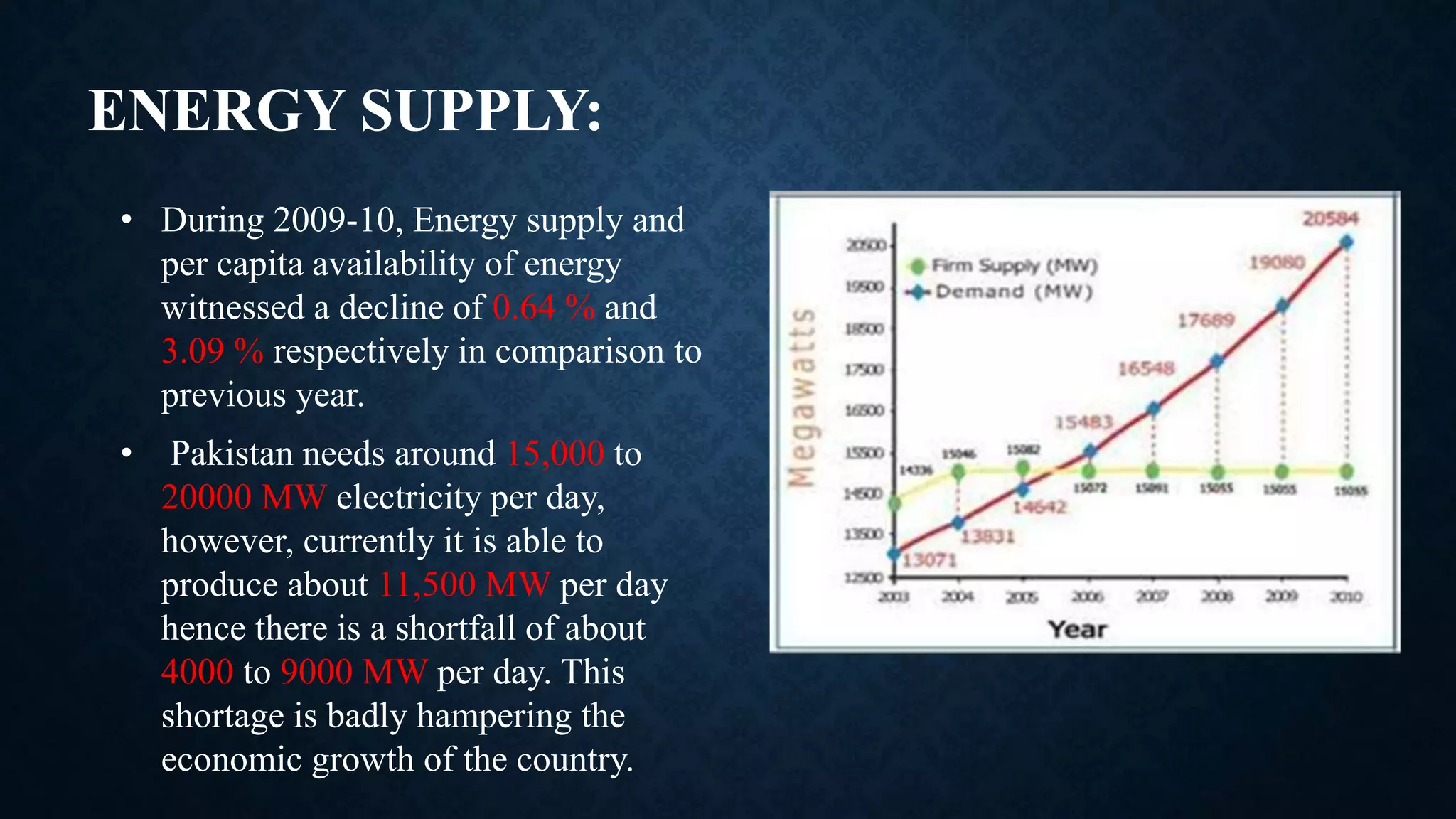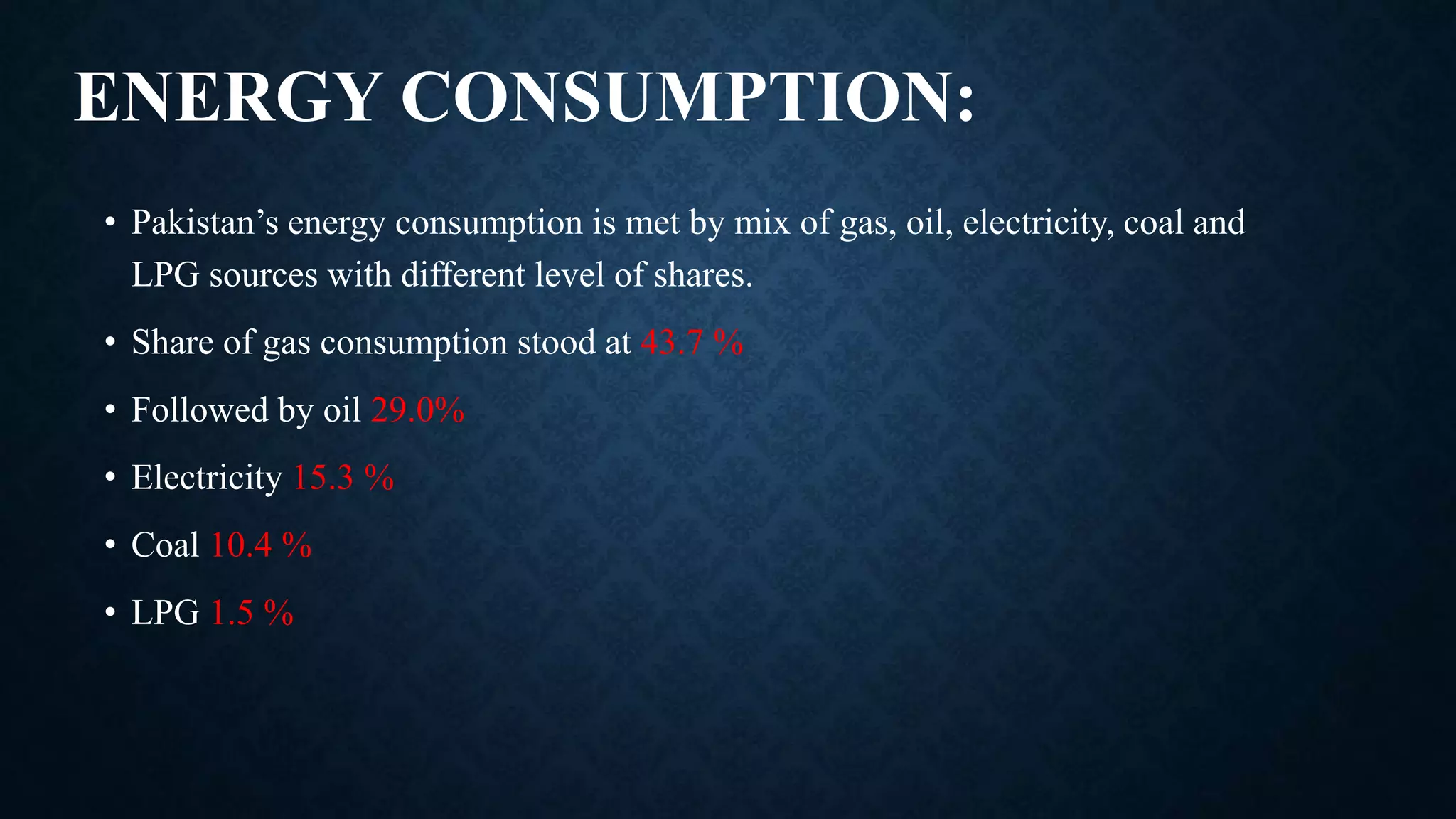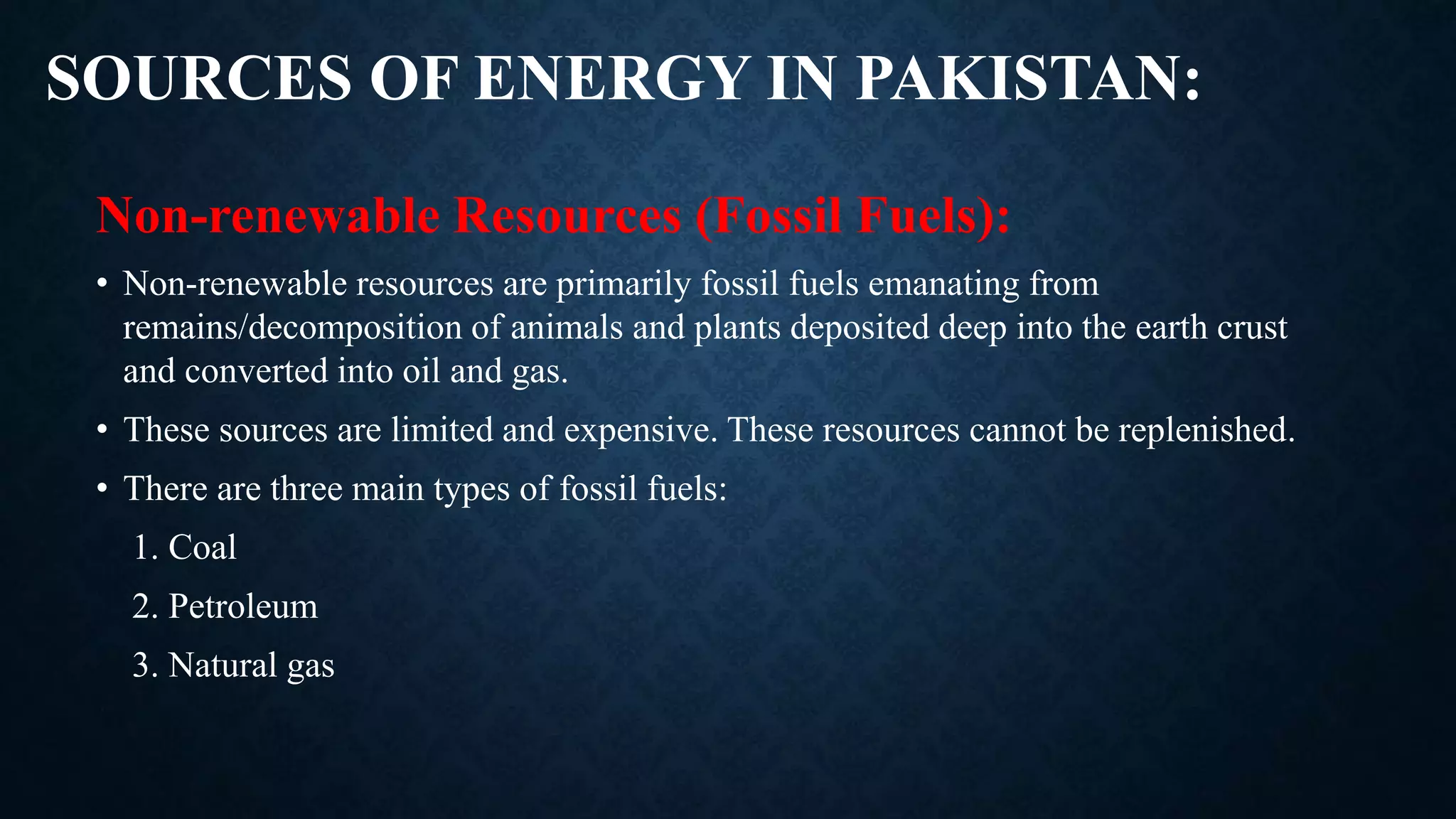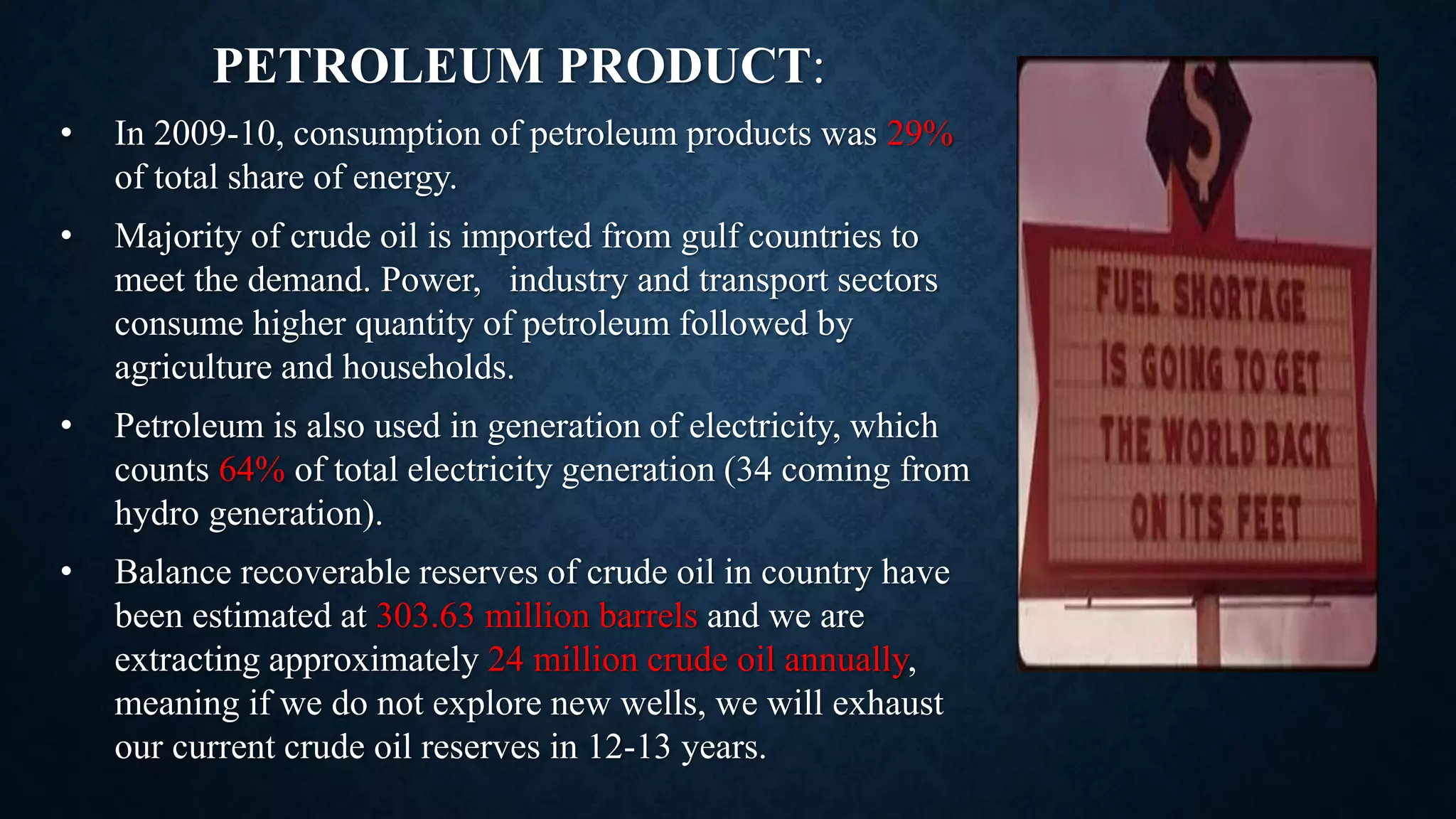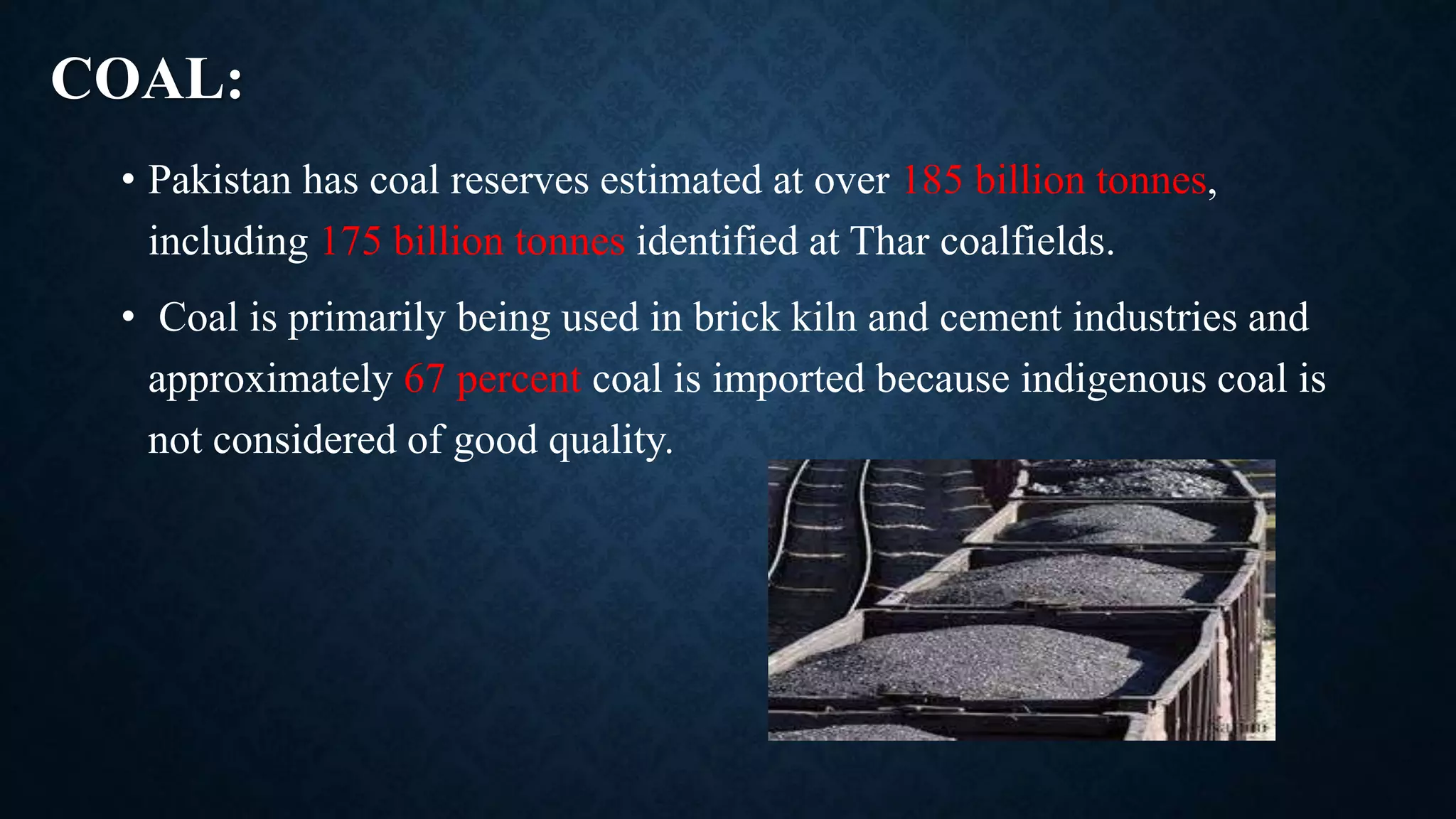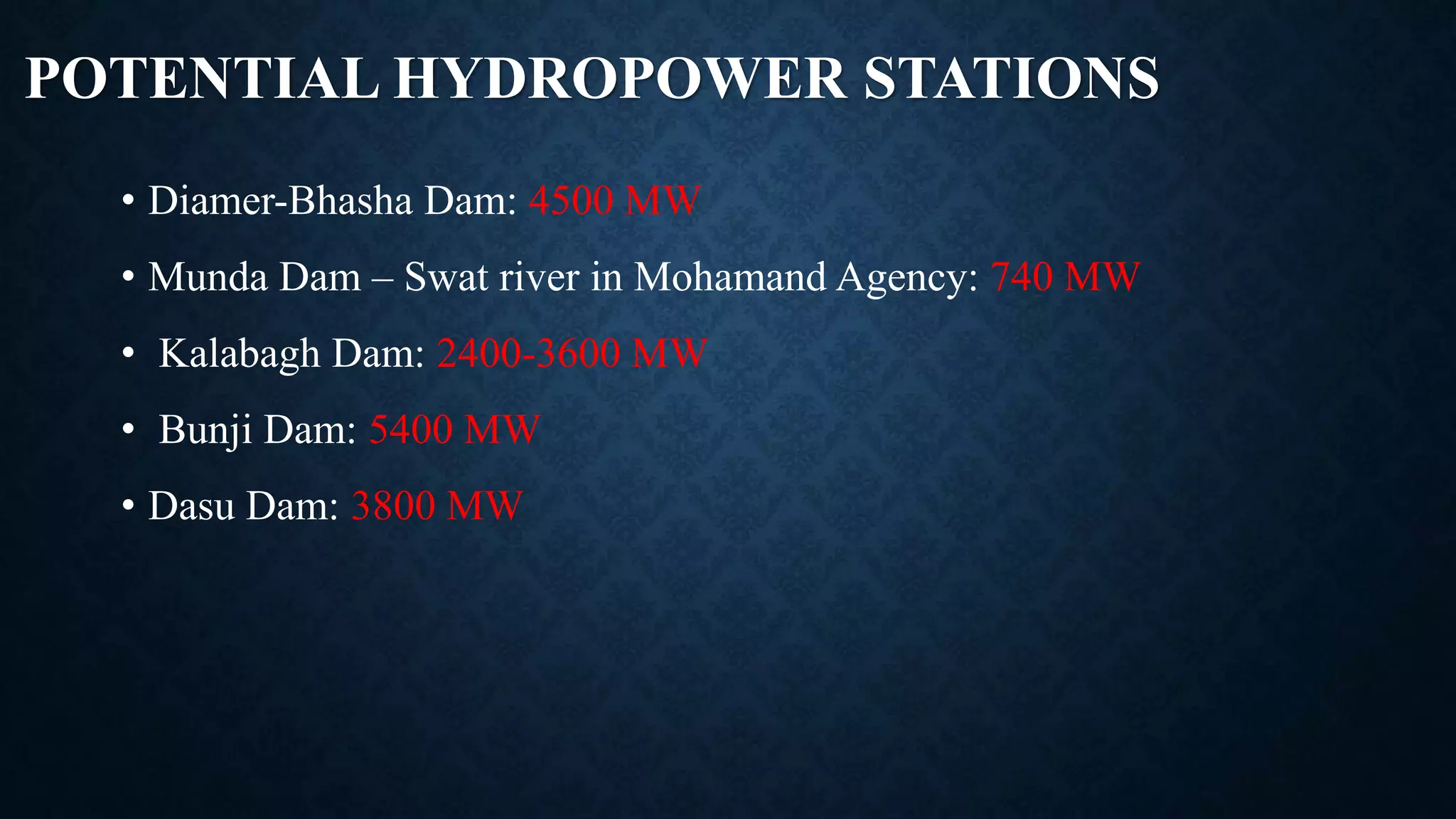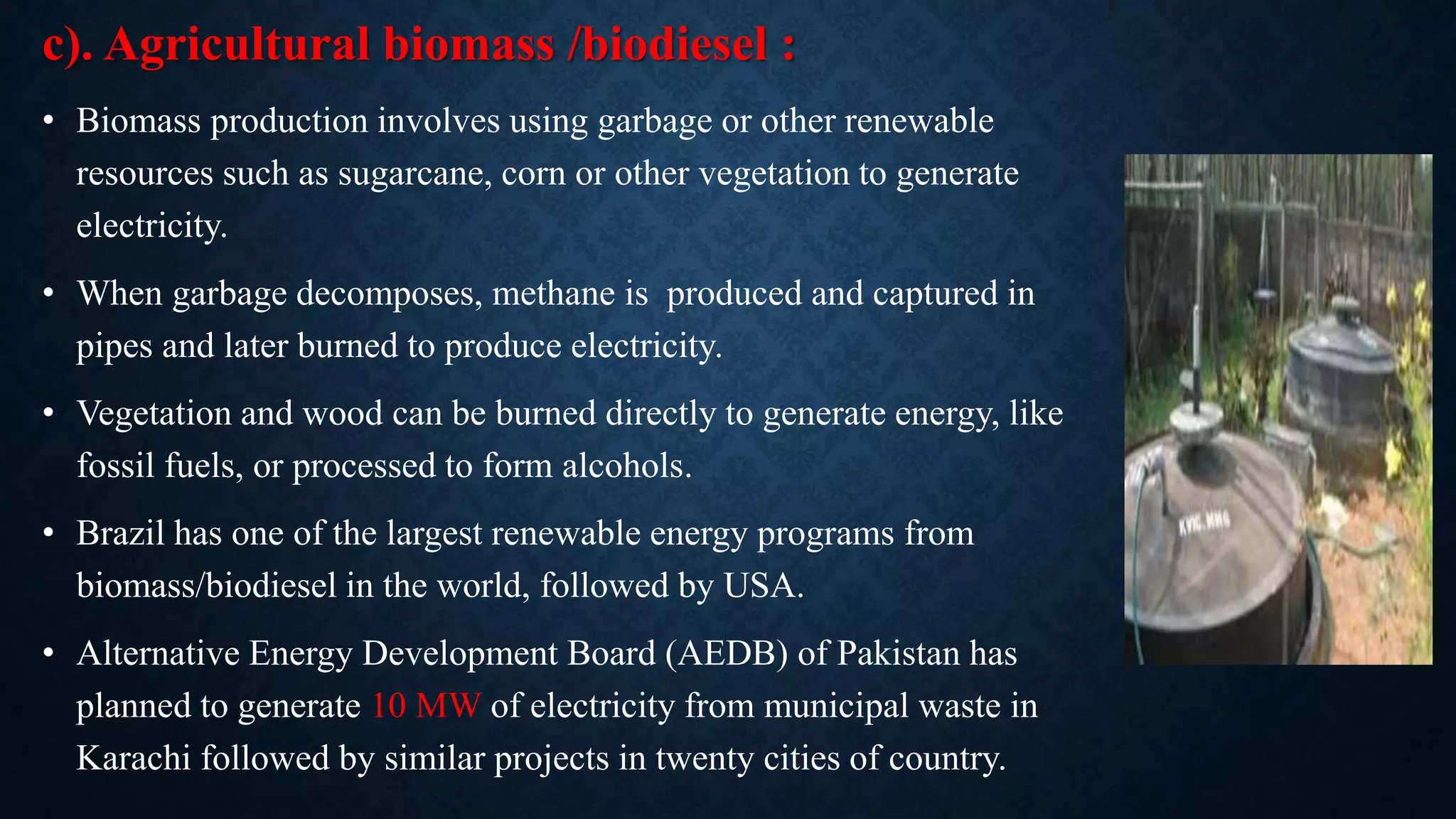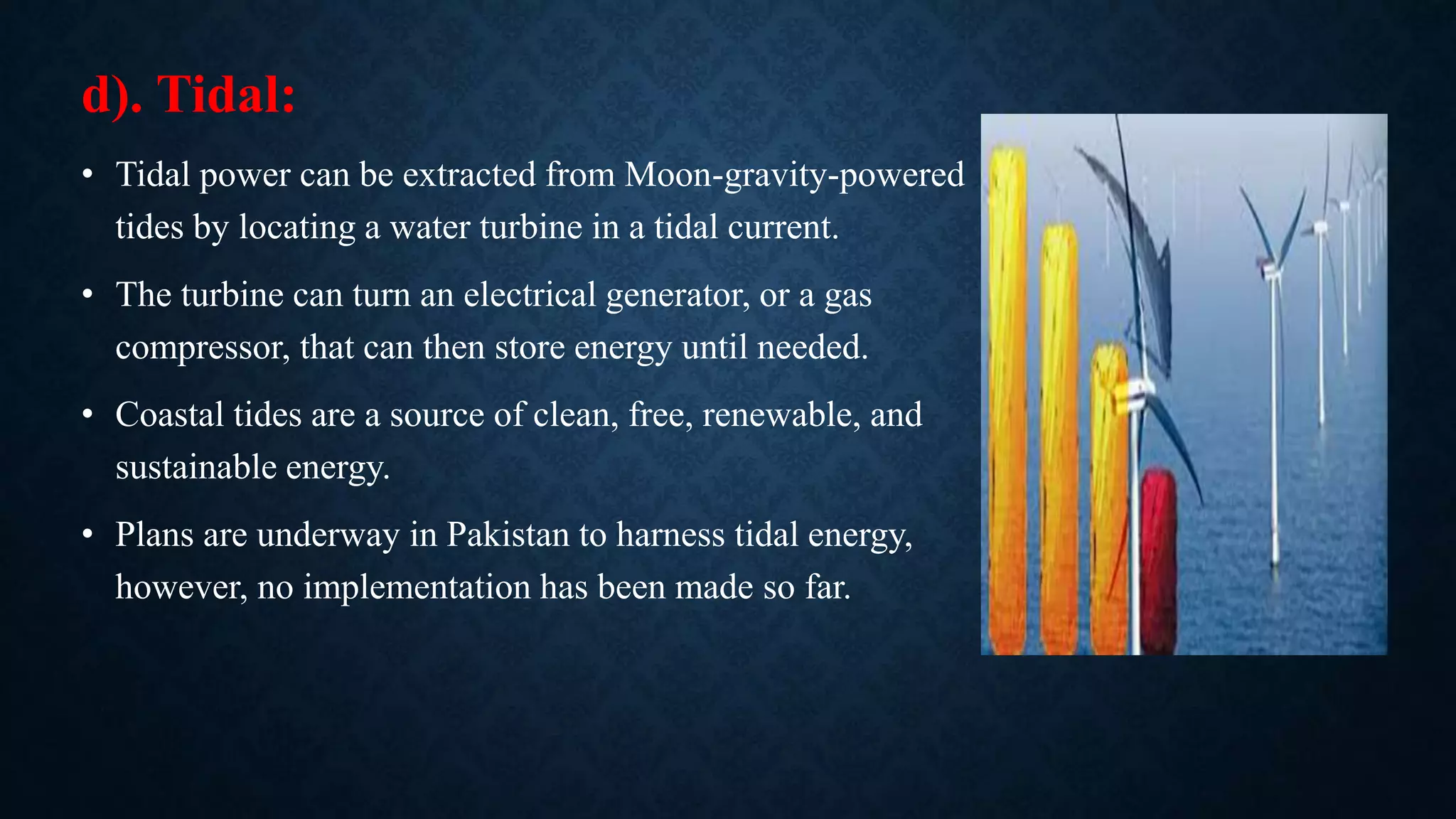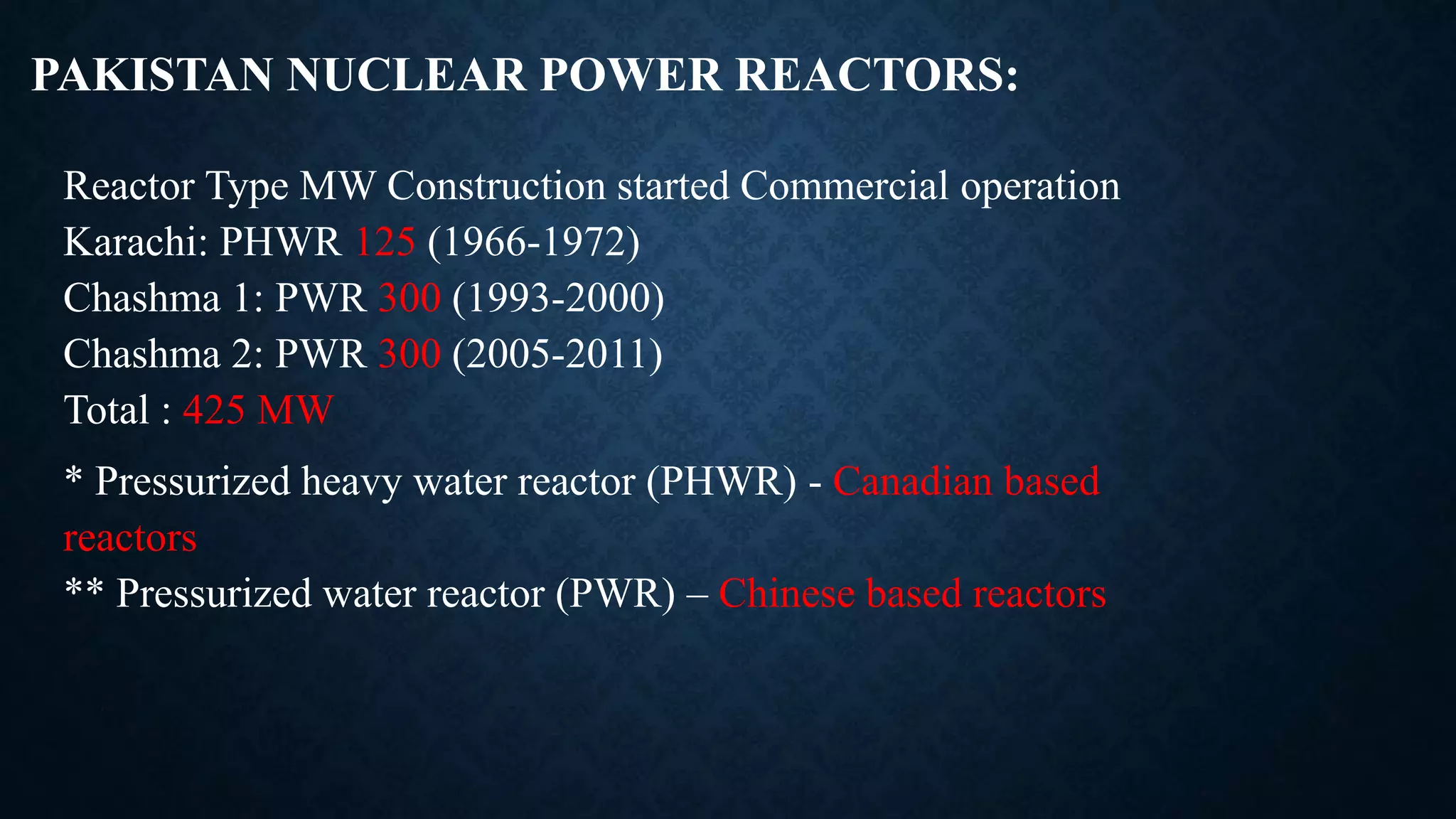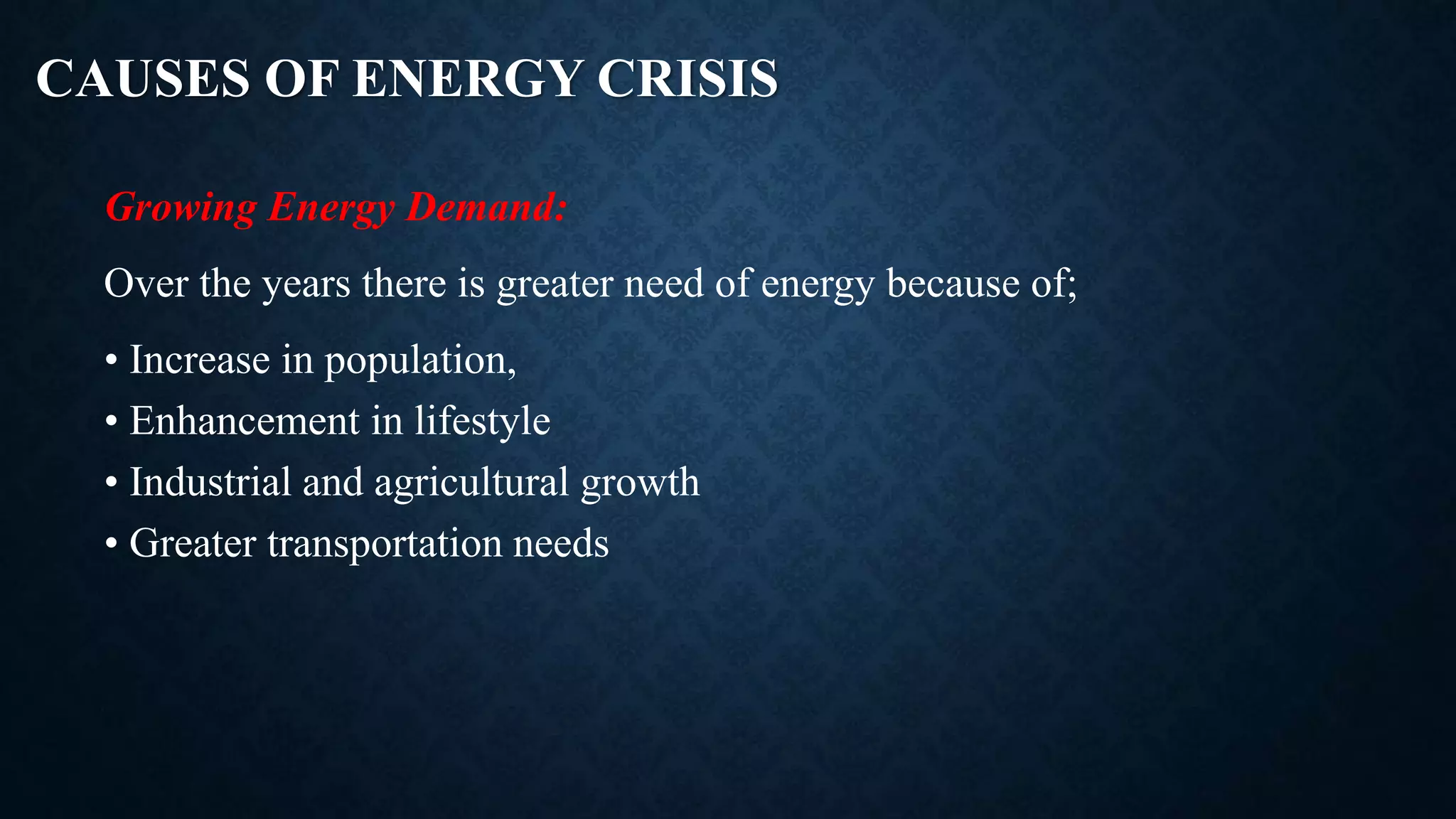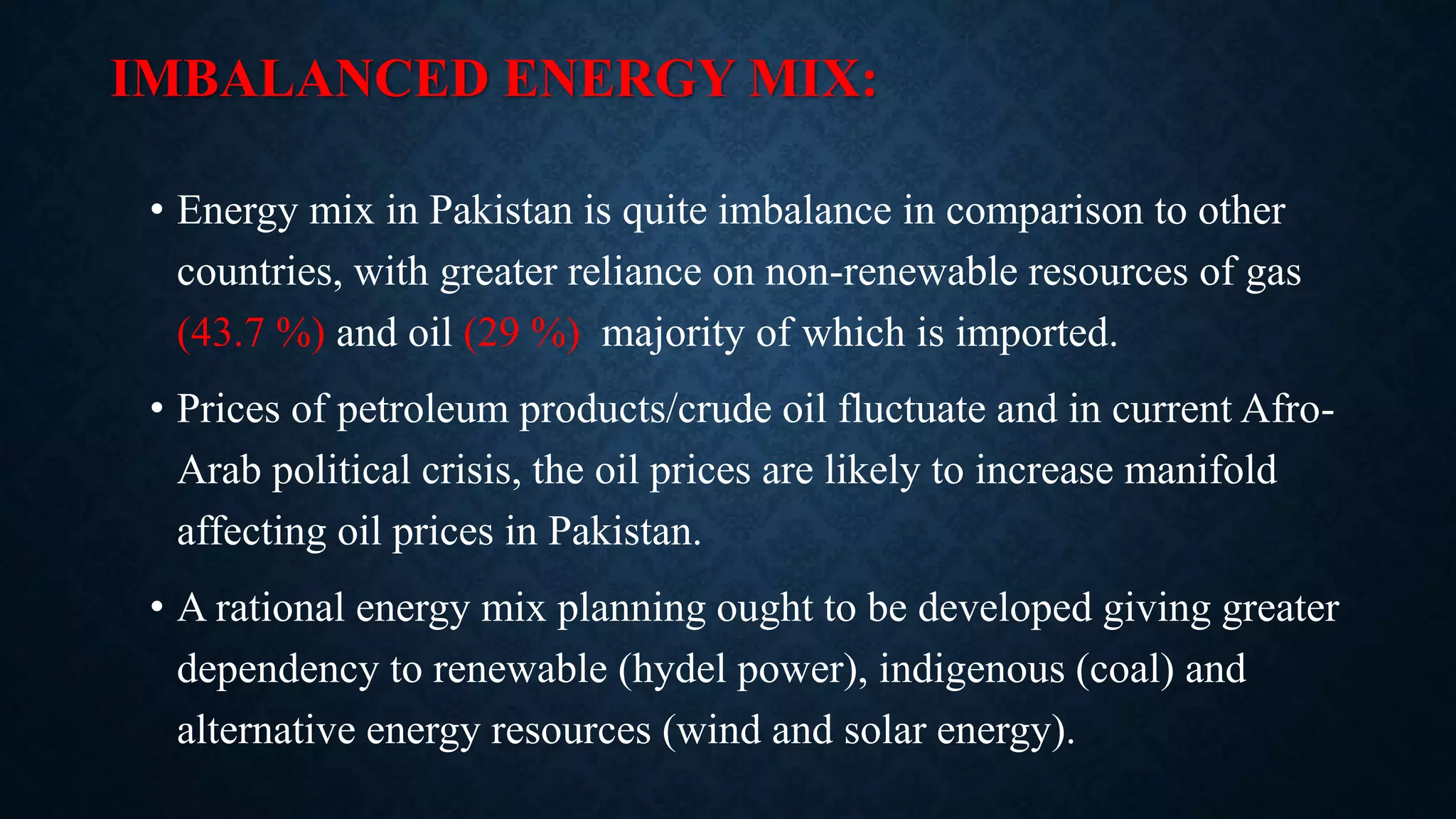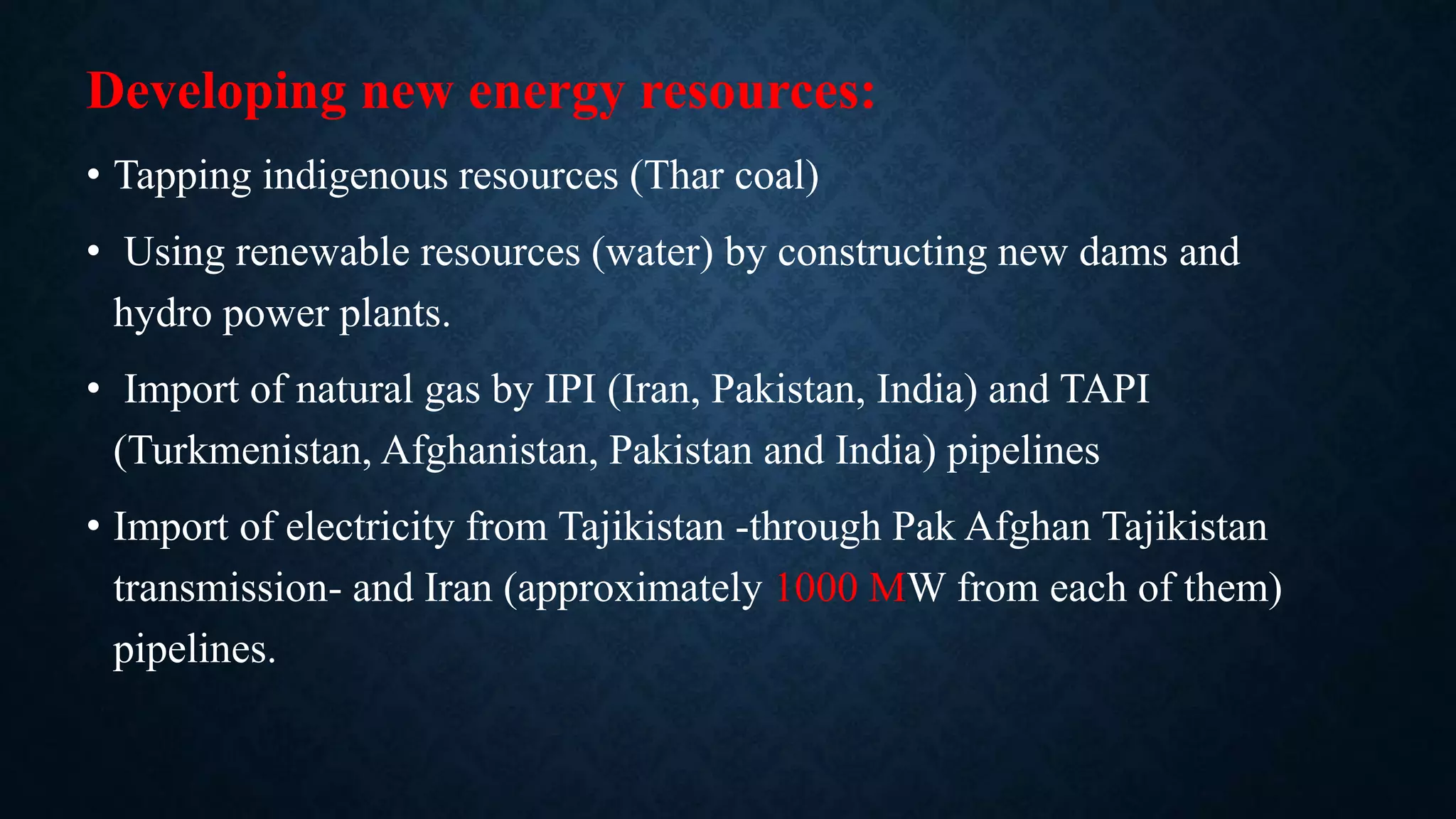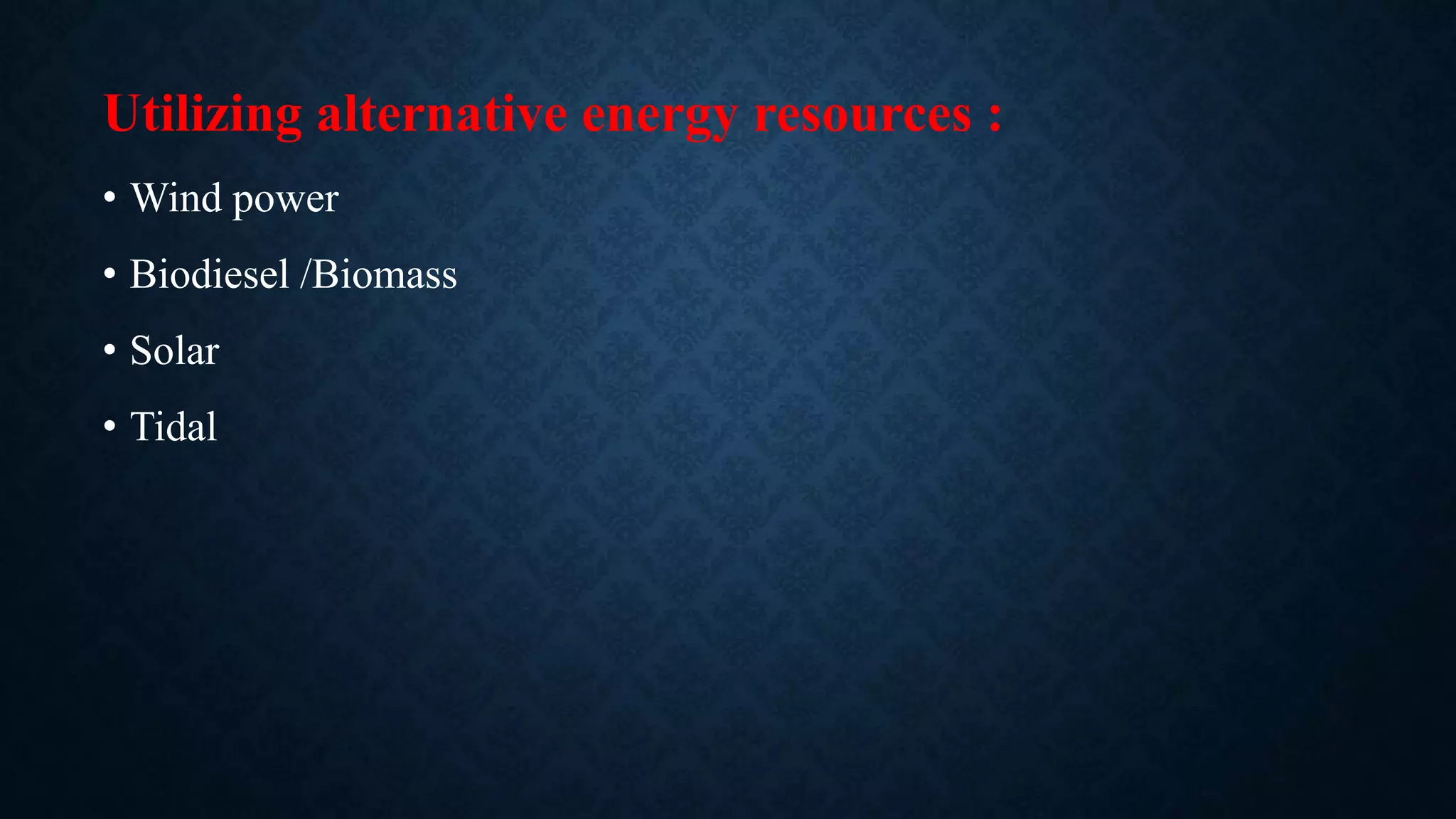Pakistan is currently facing a severe energy crisis due to a shortage of electricity. The country needs around 15,000-20,000 MW of electricity per day but can only produce around 11,500 MW, resulting in daily power outages of 12 hours or more. This energy crisis is the result of lack of investment in new energy infrastructure to keep up with rising demand, outdated transmission systems, and an over-reliance on expensive imported fossil fuels rather than developing domestic renewable resources like hydropower that Pakistan has in abundance. Addressing Pakistan's energy crisis through improved policy and investment in renewable sources is essential for powering economic growth.

